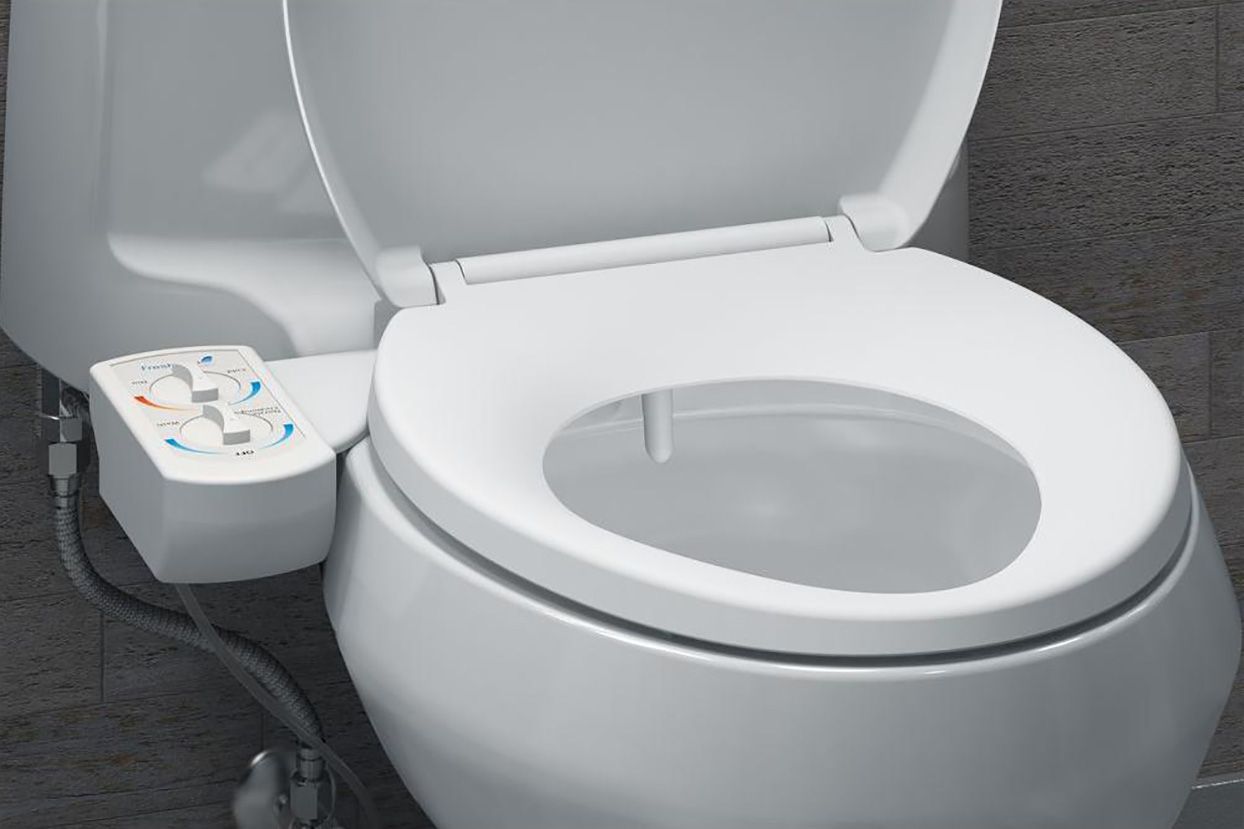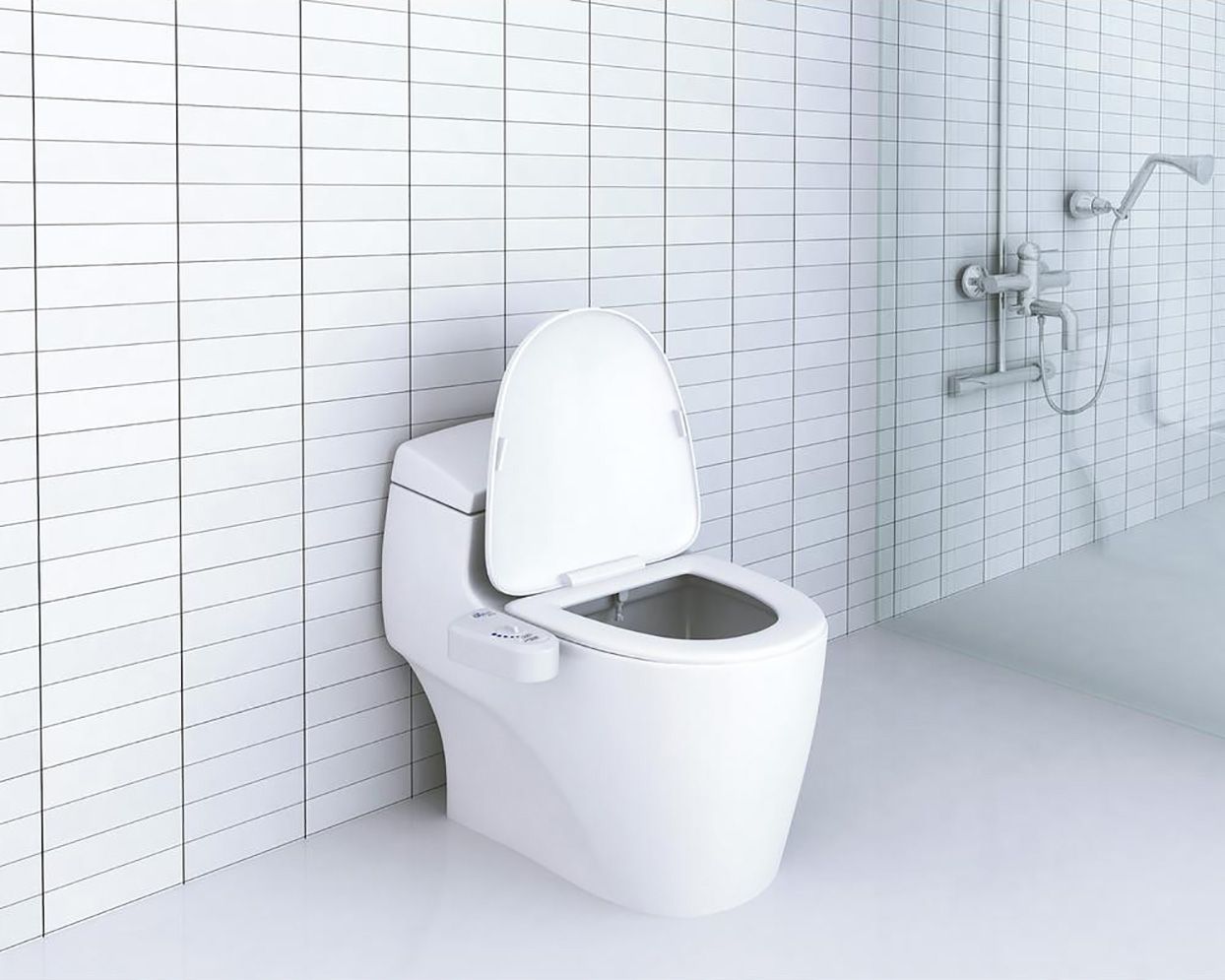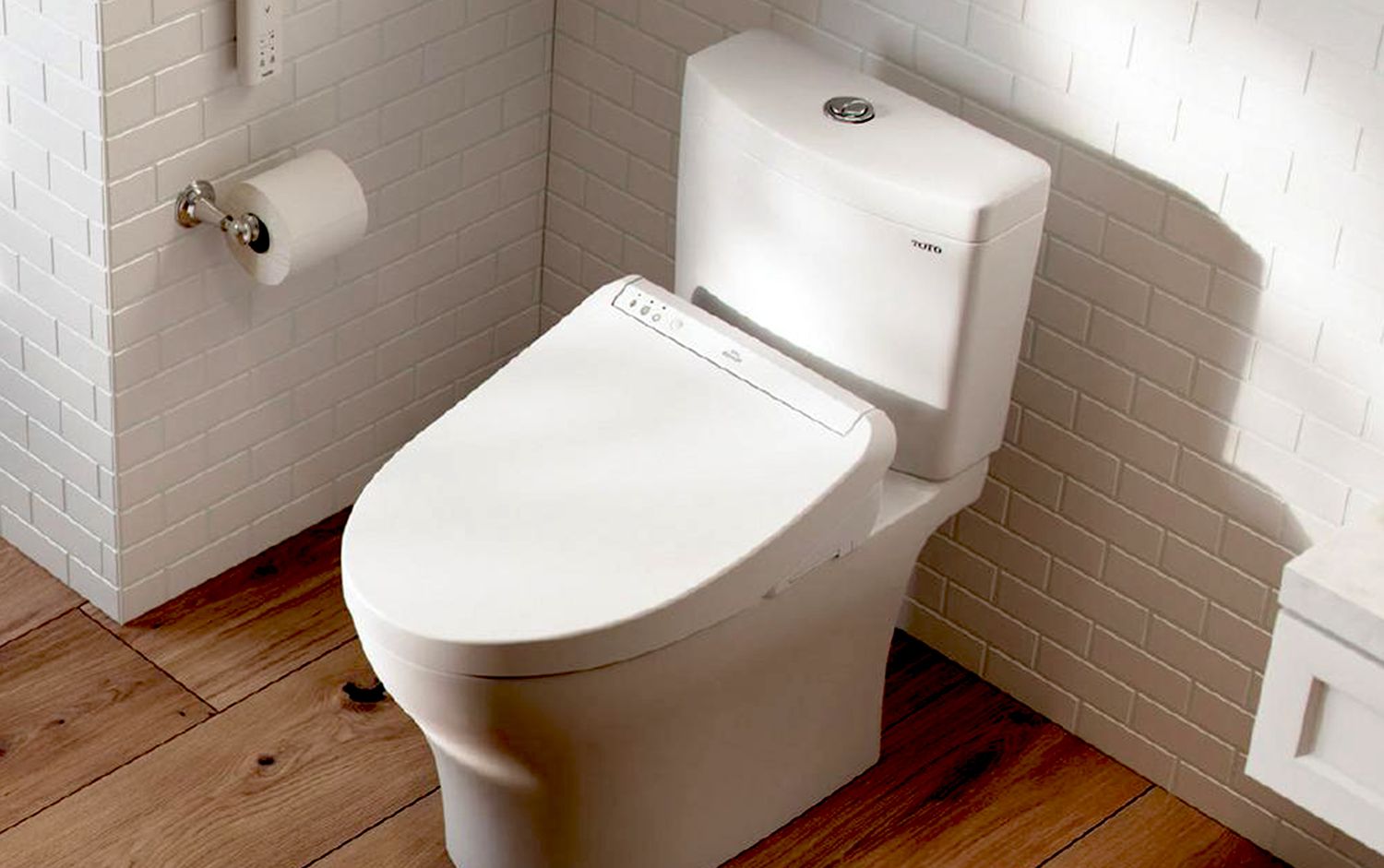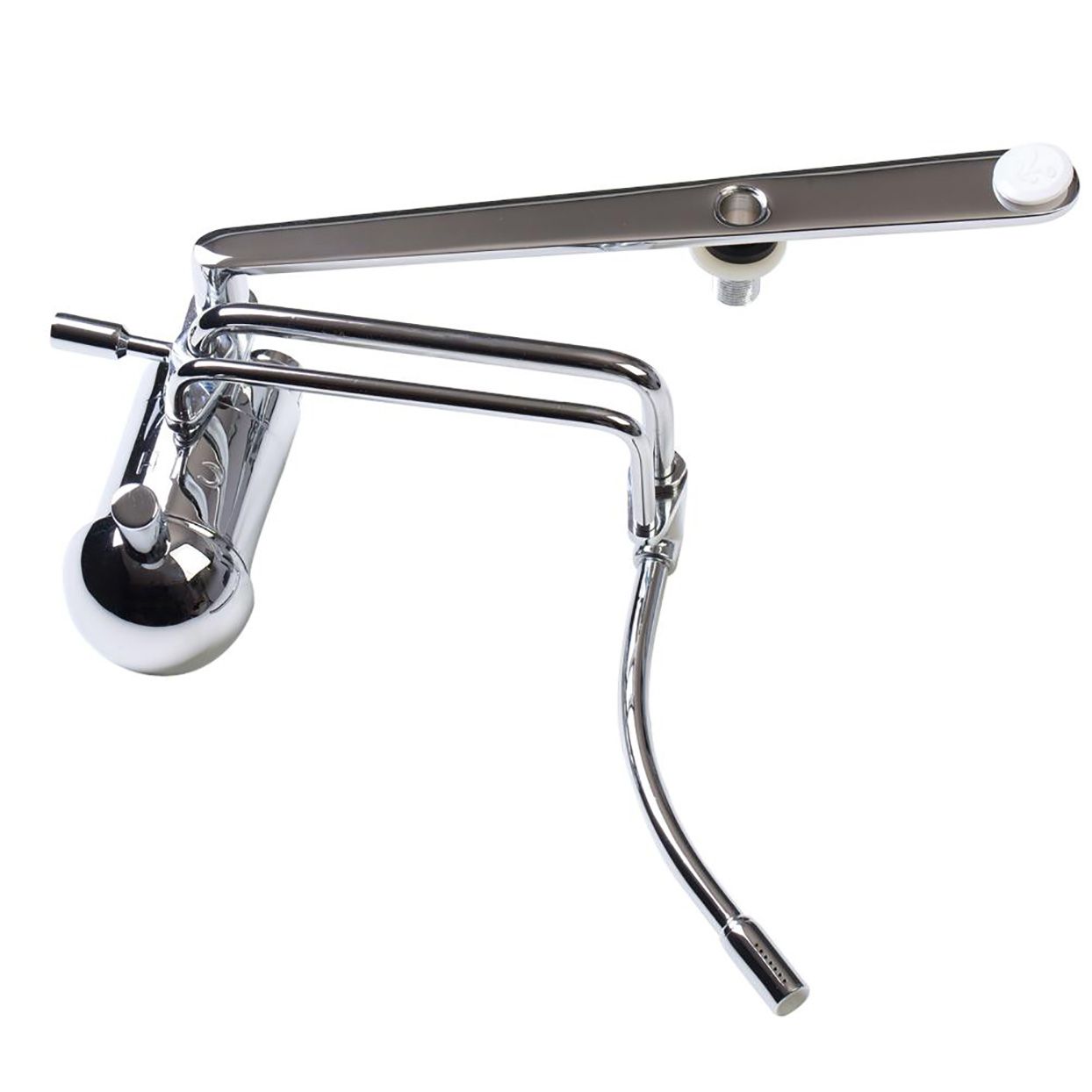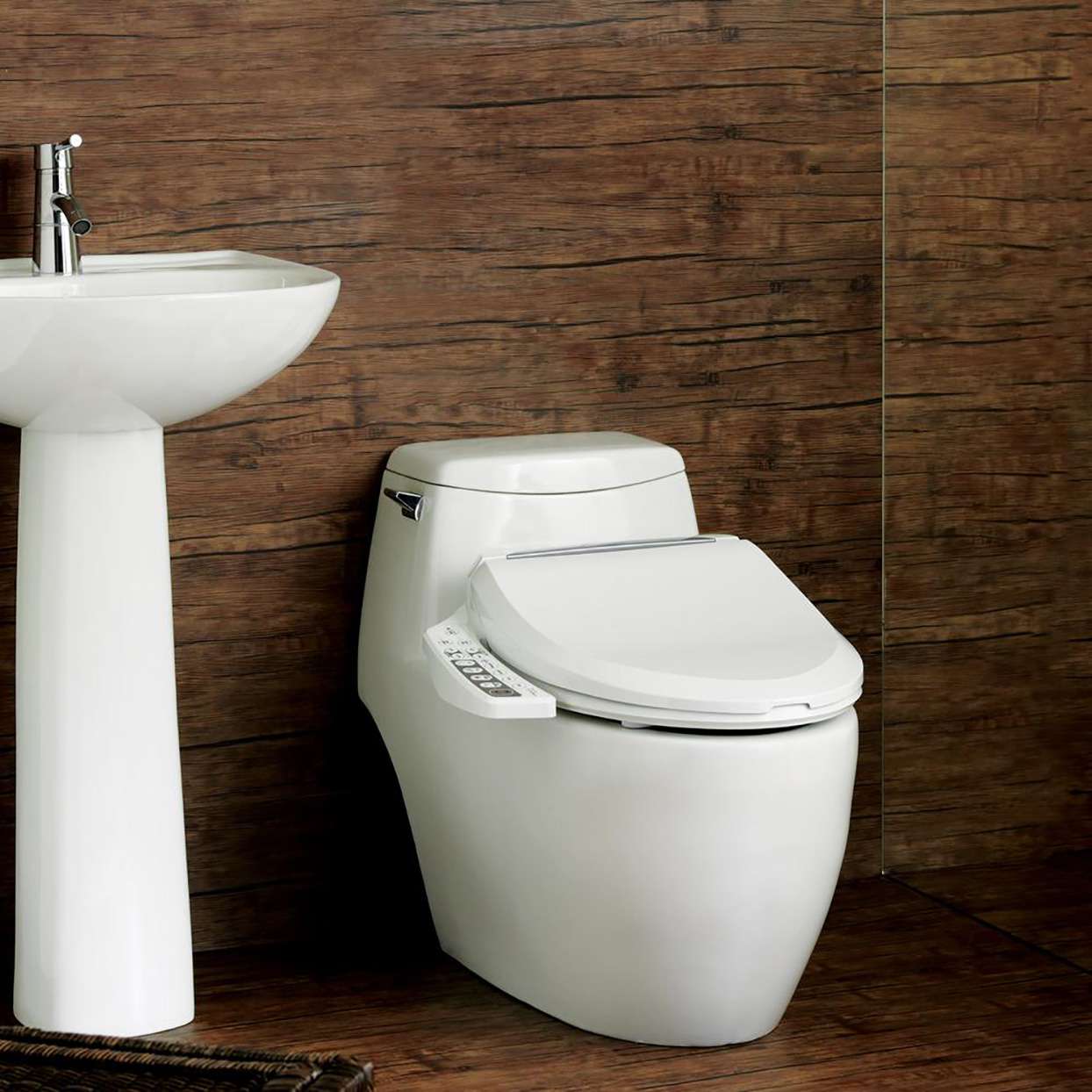Organizing you Garage by Joe Szabo, Scottsdale Real Estate Team
 Garage organization presents some unique challenges: how to pull together cars with toys, tools, sporting equipment, beach chairs and cleaning supplies? In one space?
Luckily, 3 professional organizers Mary Hoff (Lotus Organizing & Design), Donna Jumper (JumpStart Organizing) and Lisa Mark (The Time Butler Professional Organizers) are on board to help guide us through the 5 steps of the organization process.
Every household stores things in their garage they shouldn’t. “Usually there is just too much of everything and it becomes a dumping ground for all kinds of things,” says Jumper. So if you’ve accumulated massive amounts of clutter, you are not alone. And take heart, chances are your garage has nothing on what these pros have seen while organizing client’s garages: dead and live animals, spoiled food, photographs ruined by moisture, termite-infested furniture that never made it to the dump—the list goes on and on.
Before you dive into the organization process, you’ve got to have the right tools in place. Gather the following supplies:
Garage organization presents some unique challenges: how to pull together cars with toys, tools, sporting equipment, beach chairs and cleaning supplies? In one space?
Luckily, 3 professional organizers Mary Hoff (Lotus Organizing & Design), Donna Jumper (JumpStart Organizing) and Lisa Mark (The Time Butler Professional Organizers) are on board to help guide us through the 5 steps of the organization process.
Every household stores things in their garage they shouldn’t. “Usually there is just too much of everything and it becomes a dumping ground for all kinds of things,” says Jumper. So if you’ve accumulated massive amounts of clutter, you are not alone. And take heart, chances are your garage has nothing on what these pros have seen while organizing client’s garages: dead and live animals, spoiled food, photographs ruined by moisture, termite-infested furniture that never made it to the dump—the list goes on and on.
Before you dive into the organization process, you’ve got to have the right tools in place. Gather the following supplies:
- Heavy-duty trash bags
- Strong vacuum like a shop vac or a broom
- Catch-all basket for odds and ends
- Nails and other small items on the floor
- Oil or chemical stains
- Cobwebs
- Any evidence of furry or winged creatures that may have taken up residence in your home
- Toss
- Keep
- Donate
- Trash
Where the Germs are in Your House by Joe Szabo, Scottsdale Real Estate Team
 In the ongoing battle between you and household germs, you may think germs have the advantage. Unlike you, they can be just about everywhere at once. And when it comes down to hand-to-hand combat, you may be too rushed or tired or just have better things to do. They don’t.Yet keeping household germs at bay helps keep colds, flu, and other infectious illnesses from spreading. This on-the-go cleaning guide can help you get the upper hand with germs by focusing your efforts on the places where they lurk the most.
In the ongoing battle between you and household germs, you may think germs have the advantage. Unlike you, they can be just about everywhere at once. And when it comes down to hand-to-hand combat, you may be too rushed or tired or just have better things to do. They don’t.Yet keeping household germs at bay helps keep colds, flu, and other infectious illnesses from spreading. This on-the-go cleaning guide can help you get the upper hand with germs by focusing your efforts on the places where they lurk the most.Where the Germs Are
As a rule of thumb, any area of your home with high traffic and surfaces that get touched a lot is a germ bank. Not all germs are harmful. But where there are germ strongholds, the conditions are favorable for disease-causing viruses or bacteria to lurk. One study found the kitchen sink had more bacteria than the toilet or garbage can. The only bathroom hot spot in the study’s top 10 was the toothbrush holder. Why? Toothbrush holders are often near the toilet, and flushing sends a fine spray of mist onto them. Plus, it’s easy to forget about them if you’re focused on cleaning the toilet and more obvious germ hot spots.Getting Started: What You Need to Kill Germs
Cleaning with soap and hot water removes dirt and grime and gets rid of some germs. It’s usually enough for many surfaces. But you may want to disinfect areas that are home to a lot of germs. A cleaner-disinfectant can be good for speed-cleaning because it combines the two steps. You can use it for most kitchen countertops and bathroom surfaces. Clean areas with sticky spills and dirt with soap and water. Then disinfect. To make a cheap, effective disinfectant, mix up to 3 teaspoons of bleach in 1 gallon of water. Never pair bleach with ammonia or vinegar. Apply it and leave on for 3 to 5 minutes. Rinse and let air-dry to save time. Or dry with a clean towel. Always wear gloves and open some windows when you use products with bleach. If you’re using store-bought disinfectants, try not to breathe in the chemicals. Also remember to wipe down areas afterward with water or let cleaned areas, such as countertops, fully dry before you prepare food on them. White vinegar or hydrogen peroxide are effective homemade cleaners. But never mix hydrogen peroxide and vinegar. And if you use hydrogen peroxide, test it first on an unseen surface to make sure it doesn’t discolor or fade it. Please note that this Scottsdale Real Estate Blog is for informational purposes and not intended to take the place of a licensed Scottsdale Real Estate Agent. The Szabo Group offers first-class real estate services to clients in the Scottsdale Greater Phoenix Metropolitan Area in the buying and selling of Luxury homes in Arizona. Award-winning Realtors and Re/MAX top producers and best real estate agent for Luxury Homes in Scottsdale, The Szabo group delivers experience, knowledge, dedication and proven results. Contact Joe Szabo at 480.688.2020, [email protected] or visit www.scottsdalerealestateteam.com to find out more about Scottsdale Homes for Sale and Estates for Sale in Scottsdale and to search the Scottsdale MLS for Scottsdale Home Listings.How to Safely Clean and Sanitize Your Electronics by Joe Szabo, Scottsdale Real Estate Team
7 Common Kitchen Items That Are Crawling With Germs (And It’s Not Just the Sponge) by Joe Szabo, Scottsdale Real Estate Team
 The sponge and the sink are obvious culprits, but other everyday kitchen objects can harbor germs that cause foodborne illnesses — or worse.When researchers from NSF International, a non-profit public health and safety organization, asked 20 families to swab 14 different kitchen items they found some surprising items were contaminated with various combinations of foodborne illness-causing germs such as E. Coli, Salmonella, Listeria and mold and yeast. This is a health hazard that’s common in households across the country. 21 percent of cases of foodborne illness are actually due to food consumed in private homes, according to the U.S. Centers for Disease Control and Prevention. Here are some of the worst germ breeding grounds that are actually dirtier than a toilet seat!
The sponge and the sink are obvious culprits, but other everyday kitchen objects can harbor germs that cause foodborne illnesses — or worse.When researchers from NSF International, a non-profit public health and safety organization, asked 20 families to swab 14 different kitchen items they found some surprising items were contaminated with various combinations of foodborne illness-causing germs such as E. Coli, Salmonella, Listeria and mold and yeast. This is a health hazard that’s common in households across the country. 21 percent of cases of foodborne illness are actually due to food consumed in private homes, according to the U.S. Centers for Disease Control and Prevention. Here are some of the worst germ breeding grounds that are actually dirtier than a toilet seat!
Be honest: when was the last time you cleaned the knife block, if ever?
De-gunk it: Remove the knives, then turn the block upside down to shake out crumbs. (You can also use a can of compressed air, like a computer keyboard cleaner.) Wash the block in hot soapy water and get in the slots with a small brush, like the kind designed to clean baby bottle nipples. To sanitize, soak the block in a mixture of one gallon of lukewarm tap water and 1 tablespoon of 5.25 percent household bleach, or just fill the knife slots with the mixture. Let it sit for one minute, then rinse thoroughly with clean tap water and place upside down to dry. Avoid germ buildup by washing knives and letting them dry completely before you put them back in the block. Another place that holds a lot of germs, your phone screen. Here is how dirty it actually is.Salmonella, Listeria, and yeast and mold are partying it up in here with your cukes and carrots, and a dirty drawer could contaminate new clean veggies you put in there, Lisa Yakas, a microbiologist and senior project manager at NSF, told CBSNews.com. De-gunk it: As with the veggie drawer, you need to remove the whole thing and wash it with soap and water.
It’s not surprising that the home of raw meat would host Salmonella, E. Coli, yeast and mold, but ask yourself: How often do you give it a proper cleaning?
De-gunk it: NSF recommends that once a month, you remove the drawer from the fridge and wash the bin with warm water and a mild detergent. You can get rid of odors with a baking soda solution (about 1 to 2 tablespoons of baking soda in 1 quart of water). Let everything dry thoroughly. Watch out for these scary germs that could be lurking on your clothes right now. Please note that this Scottsdale Real Estate Blog is for informational purposes and not intended to take the place of a licensed Scottsdale Real Estate Agent. The Szabo Group offers first-class real estate services to clients in the Scottsdale Greater Phoenix Metropolitan Area in the buying and selling of Luxury homes in Arizona. Award-winning Realtors and Re/MAX top producers and best real estate agent for Luxury Homes in Scottsdale, The Szabo group delivers experience, knowledge, dedication and proven results. Contact Joe Szabo at 480.688.2020, [email protected] or visit www.scottsdalerealestateteam.com to find out more about Scottsdale Homes for Sale and Estates for Sale in Scottsdale and to search the Scottsdale MLS for Scottsdale Home Listings.How to Safely Clean and Sanitize Your Electronics How to Safely Clean and Sanitize Your Electronics
 You won’t find “clean electronics” on most cleaning checklists and even the best maid services usually don’t include devices like laptops and smartphones. Electronics are magnets for dust, dirt and grimy fingerprints and they can be difficult to clean. From smudges and buildup to bacteria and germs, electronics endure a daily barrage of dirt and contaminants that can make us sick.
Just think about your smartphone. You use it while you’re eating, at work, in the car and, yes, even in the bathroom. That’s a lot of opportunities for germs and bacteria to transfer from your hands to your smartphone (and vice versa!). That germ-infested phone then comes in contact with your face, ears, nose and sometimes even your lips—the most common infection gateways.
Those bacteria and germs on your hands also end up on your laptop, gaming system and desktop keyboards and just keep rotating from hands to devices and back to hands and so on. It’s a cycle of spreading pathogens that can cause strep throat, ear infections, stomach flu and even pneumonia.
Research shows that smartphones carry more germs than toilet seats—up to 10 times more bacteria! Before you go into panic mode and start spraying disinfectant on all your electronics, keep reading to find out how to safely clean and sanitize your phone, laptop and other electronic devices.
IMPORTANT!
You won’t find “clean electronics” on most cleaning checklists and even the best maid services usually don’t include devices like laptops and smartphones. Electronics are magnets for dust, dirt and grimy fingerprints and they can be difficult to clean. From smudges and buildup to bacteria and germs, electronics endure a daily barrage of dirt and contaminants that can make us sick.
Just think about your smartphone. You use it while you’re eating, at work, in the car and, yes, even in the bathroom. That’s a lot of opportunities for germs and bacteria to transfer from your hands to your smartphone (and vice versa!). That germ-infested phone then comes in contact with your face, ears, nose and sometimes even your lips—the most common infection gateways.
Those bacteria and germs on your hands also end up on your laptop, gaming system and desktop keyboards and just keep rotating from hands to devices and back to hands and so on. It’s a cycle of spreading pathogens that can cause strep throat, ear infections, stomach flu and even pneumonia.
Research shows that smartphones carry more germs than toilet seats—up to 10 times more bacteria! Before you go into panic mode and start spraying disinfectant on all your electronics, keep reading to find out how to safely clean and sanitize your phone, laptop and other electronic devices.
IMPORTANT!
- Check the manufacturer’s manual before you clean your electronics.
- Don’t spray cleaner or water directly onto electronics.
- Disconnect electronics from power sources or remove the batteries before cleaning them.
More Places where Germs and Virus can hide in your home by Joe Szabo, Scottsdale Real Estate Team
 While the question of whether wood or plastic is a cleaner surface for a cutting board is more about food-borne pathogens than about flu virus, it’s worth noting that germs of any kind can live on either one. And food poisoning is as much an issue these days as the flu.
So which is safer? The Food Safety Laboratory at the University of California at Davis is leaning toward wood. Plastic cutting boards can go right in the dishwasher, a virtue that’s won favor among many germ slayers. But if you are washing by hand, a knife-scarred plastic cutting board holds onto bacteria, and wooden cutting boards do not. Robert Donofrio, Director of the microbiology laboratories at NSF, says to be safe, have one board for veggies and another for meat. Plastic boards must be washed in a dishwasher. Wooden boards should be made of hard, closely-grained woods, such as maple.
Bacteria and viruses can live about twenty minutes on your sleeve or couch cushion. But they can live a couple of days on the countertop, or other hard, non-porous, surfaces…unless that surface is copper. The EPA has approved copper and copper alloys, such as bronze and brass, as a bacteria killer, and ongoing research suggests it has anti-viral properties, as well.
These days it’s not hard to find copper sinks for the bathroom or kitchen, or even doorknobs and switch plates in the trendy metal. Or go vintage and pull out that classic brass hardware for your home.
Some scientists believe an increase in humidity can make it harder for viruses to thrive and multiply, and using a humidifier can help create this inhospitable environment for the flu.
But be careful; humidifiers can breed bacteria. Individual units must be cleaned regularly, and a whole house system serviced yearly—preferably when it’s deactivated in the warmer months, says Barney Burroughs, President of Building Wellness Consultancy and former president of The American Society of Heating, Refrigerating and Air Conditioning Engineers.
Air purification can make a small amount of difference installing viruses, according to Burroughs, though few strategies offer complete protection. While bacteria, pollen, and allergens are airborne risks, viruses mostly spread by touch. However, ultraviolet air purification systems do keep mold and fungi, both of which can aggravate the flu, from developing in your heating and cooling system.
The most benefit you can get from technology comes from air cleaners. Modern filters mostly catch larger particles such as bacteria, pollen, mold spores, but any virus traveling on a larger host can get caught by the filter. “It’s not a see all, fix all. It will reduce, but not eliminate exposure,” says Burroughs.
There’s one caveat, though: The system must be working 24/7 to be effective. “It only works if the fan is blowing,” says Burroughs. When properly used, a system like Honeywell’s Electronic Air cleaner captures 99 percent of the larger particles, and some of the smaller particles, too. And that’s one good way to keep the flu virus from spreading in your home.
Please note that this Scottsdale Real Estate Blog is for informational purposes and not intended to take the place of a licensed Scottsdale Real Estate Agent. The Szabo Group offers first-class real estate services to clients in the Scottsdale Greater Phoenix Metropolitan Area in the buying and selling of Luxury homes in Arizona. Award-winning Realtors and Re/MAX top producers and best real estate agent for Luxury Homes in Scottsdale, The Szabo group delivers experience, knowledge, dedication and proven results. Contact Joe Szabo at 480.688.2020, [email protected] or visit www.scottsdalerealestateteam.com to find out more about Scottsdale Homes for Sale and Estates for Sale in Scottsdale and to search the Scottsdale MLS for Scottsdale Home Listings.
While the question of whether wood or plastic is a cleaner surface for a cutting board is more about food-borne pathogens than about flu virus, it’s worth noting that germs of any kind can live on either one. And food poisoning is as much an issue these days as the flu.
So which is safer? The Food Safety Laboratory at the University of California at Davis is leaning toward wood. Plastic cutting boards can go right in the dishwasher, a virtue that’s won favor among many germ slayers. But if you are washing by hand, a knife-scarred plastic cutting board holds onto bacteria, and wooden cutting boards do not. Robert Donofrio, Director of the microbiology laboratories at NSF, says to be safe, have one board for veggies and another for meat. Plastic boards must be washed in a dishwasher. Wooden boards should be made of hard, closely-grained woods, such as maple.
Bacteria and viruses can live about twenty minutes on your sleeve or couch cushion. But they can live a couple of days on the countertop, or other hard, non-porous, surfaces…unless that surface is copper. The EPA has approved copper and copper alloys, such as bronze and brass, as a bacteria killer, and ongoing research suggests it has anti-viral properties, as well.
These days it’s not hard to find copper sinks for the bathroom or kitchen, or even doorknobs and switch plates in the trendy metal. Or go vintage and pull out that classic brass hardware for your home.
Some scientists believe an increase in humidity can make it harder for viruses to thrive and multiply, and using a humidifier can help create this inhospitable environment for the flu.
But be careful; humidifiers can breed bacteria. Individual units must be cleaned regularly, and a whole house system serviced yearly—preferably when it’s deactivated in the warmer months, says Barney Burroughs, President of Building Wellness Consultancy and former president of The American Society of Heating, Refrigerating and Air Conditioning Engineers.
Air purification can make a small amount of difference installing viruses, according to Burroughs, though few strategies offer complete protection. While bacteria, pollen, and allergens are airborne risks, viruses mostly spread by touch. However, ultraviolet air purification systems do keep mold and fungi, both of which can aggravate the flu, from developing in your heating and cooling system.
The most benefit you can get from technology comes from air cleaners. Modern filters mostly catch larger particles such as bacteria, pollen, mold spores, but any virus traveling on a larger host can get caught by the filter. “It’s not a see all, fix all. It will reduce, but not eliminate exposure,” says Burroughs.
There’s one caveat, though: The system must be working 24/7 to be effective. “It only works if the fan is blowing,” says Burroughs. When properly used, a system like Honeywell’s Electronic Air cleaner captures 99 percent of the larger particles, and some of the smaller particles, too. And that’s one good way to keep the flu virus from spreading in your home.
Please note that this Scottsdale Real Estate Blog is for informational purposes and not intended to take the place of a licensed Scottsdale Real Estate Agent. The Szabo Group offers first-class real estate services to clients in the Scottsdale Greater Phoenix Metropolitan Area in the buying and selling of Luxury homes in Arizona. Award-winning Realtors and Re/MAX top producers and best real estate agent for Luxury Homes in Scottsdale, The Szabo group delivers experience, knowledge, dedication and proven results. Contact Joe Szabo at 480.688.2020, [email protected] or visit www.scottsdalerealestateteam.com to find out more about Scottsdale Homes for Sale and Estates for Sale in Scottsdale and to search the Scottsdale MLS for Scottsdale Home Listings.Watch Out for Germy Hot Spots in your Home by Joe Szabo, Scottsdale Real Estate Team
 The sink, the telephone, children’s toys, and doorknobs are popular landing sites for virus and bacteria. If someone is sick at home, disinfect daily, especially the remote control and the phone. Charles Gerba, microbiologist and author of The Germ Freak’s Guide to Outwitting Colds and Flu, says remote controls and countertops can be the germiest locale in the whole house. “What’s the first thing you do after you call in sick? Pick up the remote control,” he says. “Sixty percent of them contain influenza virus in the home of a sick person.”
In fact, Gerba says, remote controls are the germiest thing in hotel and hospital rooms. And since a virus like influenza spreads through touching something a sick person has also touched, or an object that’s been sneezed on, cleaning off the places your hand usually goes is most important.
According to Gerba, the home office is another place to watch out for germs. “Desktops have 400 times more bacteria than a toilet seat,” he says.
Gerba says to disinfect your desktop weekly, along with the rest of the house. This could reduce your exposure to colds and flu by as much as 50 percent.
Your kitchen sponge should be replaced every couple of weeks. If that runs counter to your frugal ways, you can microwave it for one minute or run it in the dishwasher to eliminate germs.
Beware of dust rags, dishrags, mops and other cleaning tools. Unless sanitized between uses, they only spread around the germs you are trying to kill. “It’s a free ride for the virus,” says Gerba. Some of the cleanest houses he’s tested had the highest germ counts. And get this: a few untidy bachelor pads tested very low for germs, which he attributes to lazy housekeeping. “They don’t move anything around, everything is in the sink or the garbage.”
But you don’t have to descend into bachelor habits to defeat contagion. Gerba advises heavy reliance on paper towels. If you don’t want to stockpile disposable towels, wash and dry cleaning tools at high temperatures so your house is clean and germ-free.
There’s a lot of goods that tout themselves as “anti-bacterial” on the label, from floor tile and paint, to hand cleanser and magic markers. The Environmental Protection Agency has a list of 500 products that disinfect hard, non-porous, surfaces against flu. It includes common household cleaners such as Pin Sol, Clorox, and Lysol. Look for the word “disinfect” or “sanitize” on the label; that means the EPA has tested and approved its germ killing power.
Some alternatives such as lemon juice, tea tree oil, oregano oil, or lavender oil have properties that kill microbes. But according to University of Arizona microbiologist Charles Gerba, these natural alternatives often work more slowly, impact a smaller spectrum of microorganisms, and kill fewer of them than products that have passed muster with the EPA.
Modern technology can help do the disinfecting for you through powerful cleaning. If you’re already shopping for appliances, take a look at the list of household appliances cited by the NSF (formerly the National Sanitations Foundation). The group has certified dozens of germ-fighting appliances, including dryers, dishwashers, and washing machines.
Please note that this Scottsdale Real Estate Blog is for informational purposes and not intended to take the place of a licensed Scottsdale Real Estate Agent. The Szabo Group offers first-class real estate services to clients in the Scottsdale Greater Phoenix Metropolitan Area in the buying and selling of Luxury homes in Arizona. Award-winning Realtors and Re/MAX top producers and best real estate agent for Luxury Homes in Scottsdale, The Szabo group delivers experience, knowledge, dedication and proven results. Contact Joe Szabo at 480.688.2020, [email protected] or visit www.scottsdalerealestateteam.com to find out more about Scottsdale Homes for Sale and Estates for Sale in Scottsdale and to search the Scottsdale MLS for Scottsdale Home Listings.
The sink, the telephone, children’s toys, and doorknobs are popular landing sites for virus and bacteria. If someone is sick at home, disinfect daily, especially the remote control and the phone. Charles Gerba, microbiologist and author of The Germ Freak’s Guide to Outwitting Colds and Flu, says remote controls and countertops can be the germiest locale in the whole house. “What’s the first thing you do after you call in sick? Pick up the remote control,” he says. “Sixty percent of them contain influenza virus in the home of a sick person.”
In fact, Gerba says, remote controls are the germiest thing in hotel and hospital rooms. And since a virus like influenza spreads through touching something a sick person has also touched, or an object that’s been sneezed on, cleaning off the places your hand usually goes is most important.
According to Gerba, the home office is another place to watch out for germs. “Desktops have 400 times more bacteria than a toilet seat,” he says.
Gerba says to disinfect your desktop weekly, along with the rest of the house. This could reduce your exposure to colds and flu by as much as 50 percent.
Your kitchen sponge should be replaced every couple of weeks. If that runs counter to your frugal ways, you can microwave it for one minute or run it in the dishwasher to eliminate germs.
Beware of dust rags, dishrags, mops and other cleaning tools. Unless sanitized between uses, they only spread around the germs you are trying to kill. “It’s a free ride for the virus,” says Gerba. Some of the cleanest houses he’s tested had the highest germ counts. And get this: a few untidy bachelor pads tested very low for germs, which he attributes to lazy housekeeping. “They don’t move anything around, everything is in the sink or the garbage.”
But you don’t have to descend into bachelor habits to defeat contagion. Gerba advises heavy reliance on paper towels. If you don’t want to stockpile disposable towels, wash and dry cleaning tools at high temperatures so your house is clean and germ-free.
There’s a lot of goods that tout themselves as “anti-bacterial” on the label, from floor tile and paint, to hand cleanser and magic markers. The Environmental Protection Agency has a list of 500 products that disinfect hard, non-porous, surfaces against flu. It includes common household cleaners such as Pin Sol, Clorox, and Lysol. Look for the word “disinfect” or “sanitize” on the label; that means the EPA has tested and approved its germ killing power.
Some alternatives such as lemon juice, tea tree oil, oregano oil, or lavender oil have properties that kill microbes. But according to University of Arizona microbiologist Charles Gerba, these natural alternatives often work more slowly, impact a smaller spectrum of microorganisms, and kill fewer of them than products that have passed muster with the EPA.
Modern technology can help do the disinfecting for you through powerful cleaning. If you’re already shopping for appliances, take a look at the list of household appliances cited by the NSF (formerly the National Sanitations Foundation). The group has certified dozens of germ-fighting appliances, including dryers, dishwashers, and washing machines.
Please note that this Scottsdale Real Estate Blog is for informational purposes and not intended to take the place of a licensed Scottsdale Real Estate Agent. The Szabo Group offers first-class real estate services to clients in the Scottsdale Greater Phoenix Metropolitan Area in the buying and selling of Luxury homes in Arizona. Award-winning Realtors and Re/MAX top producers and best real estate agent for Luxury Homes in Scottsdale, The Szabo group delivers experience, knowledge, dedication and proven results. Contact Joe Szabo at 480.688.2020, [email protected] or visit www.scottsdalerealestateteam.com to find out more about Scottsdale Homes for Sale and Estates for Sale in Scottsdale and to search the Scottsdale MLS for Scottsdale Home Listings.How Often You Should Replace Everything in your Bathroom by Joe Szabo, Scottsdale Real Estate Team
More Easy Ways to Declutter your Bathroom by Joe Szabo, Scottsdale Real Estate Team
 Even in small bathrooms there’s space for organization; you just have to know where to look. Over the toilet bath furniture is a great place to put extra toilet paper, toiletries and even towels. If you don’t keep the toilet seat down, opt for a unit with cabinets or closed shelving. You can find attractive shelving at major home stores, usually for less than $100.
If you have a lot of counter space, and don’t mind leaving things out in the open, invest in some stylish apothecary jars to hold necessities. Cotton swabs, soap and bath salts look great in clear glass containers. These are especially handy when guests use your bathroom because they can help themselves without snooping in your cabinets.
Drawers in the bathroom tend to be catchalls for lots of different containers, most of which badly organize their contents. An expandable cosmetic drawer organizer fits in a shallow drawer and takes the place of bulky cosmetic bags. Different size compartments will organize lipstick, blush and eye shadow so you never have to root around to find what you’re looking for. As you organize your makeup, be sure to throw away anything that smells or is expired. Old makeup contains bacteria that can irritate your skin.
Even in small bathrooms there’s space for organization; you just have to know where to look. Over the toilet bath furniture is a great place to put extra toilet paper, toiletries and even towels. If you don’t keep the toilet seat down, opt for a unit with cabinets or closed shelving. You can find attractive shelving at major home stores, usually for less than $100.
If you have a lot of counter space, and don’t mind leaving things out in the open, invest in some stylish apothecary jars to hold necessities. Cotton swabs, soap and bath salts look great in clear glass containers. These are especially handy when guests use your bathroom because they can help themselves without snooping in your cabinets.
Drawers in the bathroom tend to be catchalls for lots of different containers, most of which badly organize their contents. An expandable cosmetic drawer organizer fits in a shallow drawer and takes the place of bulky cosmetic bags. Different size compartments will organize lipstick, blush and eye shadow so you never have to root around to find what you’re looking for. As you organize your makeup, be sure to throw away anything that smells or is expired. Old makeup contains bacteria that can irritate your skin. Please note that this Scottsdale Real Estate Blog is for informational purposes and not intended to take the place of a licensed Scottsdale Real Estate Agent. The Szabo Group offers first-class real estate services to clients in the Scottsdale Greater Phoenix Metropolitan Area in the buying and selling of Luxury homes in Arizona. Award-winning Realtors and Re/MAX top producers and best real estate agent for Luxury Homes in Scottsdale, The Szabo group delivers experience, knowledge, dedication and proven results. Contact Joe Szabo at 480.688.2020, [email protected] or visit www.scottsdalerealestateteam.com to find out more about Scottsdale Homes for Sale and Estates for Sale in Scottsdale and to search the Scottsdale MLS for Scottsdale Home Listings.
Please note that this Scottsdale Real Estate Blog is for informational purposes and not intended to take the place of a licensed Scottsdale Real Estate Agent. The Szabo Group offers first-class real estate services to clients in the Scottsdale Greater Phoenix Metropolitan Area in the buying and selling of Luxury homes in Arizona. Award-winning Realtors and Re/MAX top producers and best real estate agent for Luxury Homes in Scottsdale, The Szabo group delivers experience, knowledge, dedication and proven results. Contact Joe Szabo at 480.688.2020, [email protected] or visit www.scottsdalerealestateteam.com to find out more about Scottsdale Homes for Sale and Estates for Sale in Scottsdale and to search the Scottsdale MLS for Scottsdale Home Listings.
